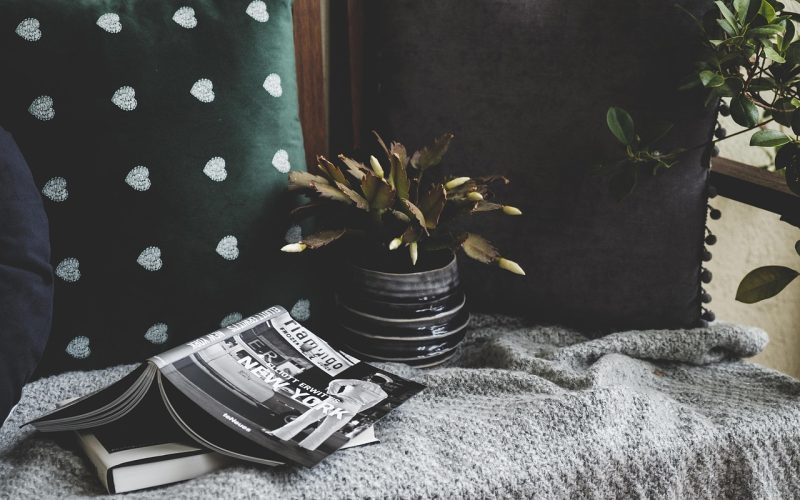Exploring Maximalism In Interior Design
In recent years, the minimalist approach to interior design, characterised by its "less is more" philosophy, has encountered a vibrant antithesis—maximalism. This bold and lively design movement celebrates the "more is more" concept, encouraging the layering of patterns, colours, textures, and objects to create rich and dynamic spaces. Maximalism is not only about excess but also about personal expression and storytelling through design.
Understanding the essence of maximalism
At its core, maximalism is about self-expression and individuality. It invites homeowners to fill their spaces with items that bring them joy and reflect their personalities. Unlike minimalism, which focuses on simplicity and restraint, maximalism embraces abundance. It's an invitation to break traditional design rules and to create spaces that are as eclectic as they are harmonious. This approach doesn't mean clutter or chaos; instead, it's about curating a collection of beloved pieces that spark conversation and intrigue.
The role of colour and pattern in maximalism
A defining characteristic of maximalist design is the bold use of colour and pattern. Rich hues and intricate patterns are employed to create a visual feast for the eyes. Layered textiles, vibrant wallpapers, and mismatched furniture all contribute to the overall aesthetic. The key is in the balance; while the palette may be vivid, it should be cohesive, ensuring that every element complements the others. Patterns in maximalism are often mixed rather than matched, creating a dynamic and lively atmosphere that is at once stimulating and comforting.
Creating depth and interest with texture
Texture plays a critical role in maximalist interiors. By layering different materials, such as plush velvets, rustic woods, smooth metals, and soft wools, designers can add depth and interest to a room. Each texture brings its own unique quality, contributing to the overall sensory experience. In maximalism, the combination of textures is as important as the combination of colours and patterns, creating a tactile environment that invites touch and feels alive.
Personal touches and curated collections
Maximalism thrives on the presence of personal touches and curated collections. These elements inject personality into a space and often serve as focal points that draw the eye. Whether it's a collection of vintage books, an array of family photographs, or an assortment of quirky art pieces, these curated elements tell a story about the inhabitants of the space. They turn a house into a home, where each item holds sentimental value or a special memory.
Maximalism in small spaces
One might assume that maximalism is best suited to large, sprawling homes, but it can be equally effective in small spaces. The key is to maintain balance and avoid overwhelming the room. In a smaller space, each piece must be carefully selected to ensure it adds to the overall harmony rather than detracts from it. Mirrors, thoughtful lighting, and strategic furniture placement can help open up the space while still maintaining the rich and vibrant aesthetic characteristic of maximalism.
Challenges and considerations in maximalism
While maximalism offers limitless possibilities for creativity, it can be challenging to execute effectively. The risk of overloading a space is high, and it requires a keen eye to maintain balance. Designers must be meticulous in their curation, ensuring that every piece has its place and purpose. Additionally, maximalism should not be mistaken for a lack of organisation; even within its abundance, there must be order.
Maximalism in interior design is a celebration of individuality and expression. It's an opportunity to create spaces that are as unique as the people who inhabit them. By thoughtfully combining colours, patterns, textures, and personal elements, maximalism can transform any space into a lively, welcoming, and deeply personal retreat. Whether you're drawn to its bold vibrancy or its eclectic charm, maximalism offers endless possibilities to explore and make your own.



















